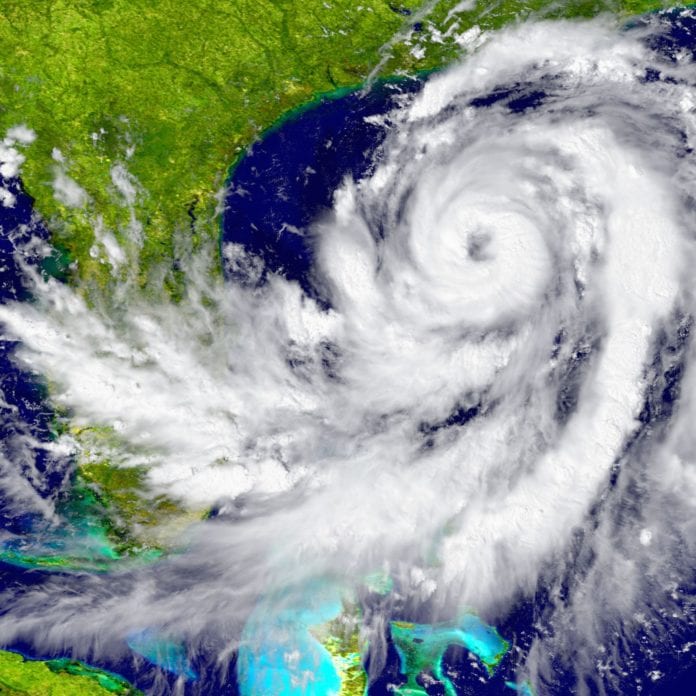The Federal Communications Commission has gone ahead with a move to require all facilities-based wireless providers to adhere to a set of previously voluntary commitments around network resiliency and emergency roaming arrangements.
The agency is essentially codifying the Wireless Network Resiliency Cooperative Framework, which was established in 2016 and agreed to by the national U.S. carriers, into what it is calling the Mandatory Disaster Response Initiative (MDRI).
The Wireless Network Resiliency Cooperative Framework outlined five “prongs” of commitment: Providing for reasonable roaming arrangements during disasters when technically feasible; fostering mutual aid during emergencies; enhancing municipal preparedness and restoration; increasing consumer readiness and preparation; and improving public awareness and stakeholder communications on service and restoration status. As of 2022, signatories included AT&T, CTIA, GCI, Southern Linc, T-Mobile US, US Cellular and Verizon.
The FCC’s action on this was prompted in the wake of destruction from Hurricane Ida, which struck Louisiana and the Gulf Coast in the fall of 2021. According to the NPRM, “Hurricane Ida demonstrated that, while service providers’ ability to restore communications in the aftermath of a devastating storm has improved, more can be done to help ensure that communications networks are sufficiently survivable to provide some continuity of service during major emergencies and to enhance the ability of service providers to restore communications when they fail.”
The Competitive Carriers Association and NTCA—The Rural Broadband Association had asked for exceptions from the requirements for smaller facilities-based carriers, but the FCC said that small providers already generally abide by the resiliency principles that it is now requiring, and that advance preparation as well as the MDRI being framed around “reasonableness and technical feasibility” should help to mitigate concerns for smaller network operators.
The rules will go into effect within nine months for network operators with less than 1,500 employees, and within six months for larger operators. The FCC estimated that it will cost around $945,000 for carriers which are not part of the existing framework to implement the provisions.
FCC Chairwoman Jessica Rosenworcel said of the new rules: “Taken together, these changes will help restore service faster, help speed response coordination, and keep more people connected in disaster.” But she noted that the FCC is also still considering several other options that came up in comments in the FCC record on this proceeding, including whether the framework could be expanded, gaps in the required reporting and back-up power requirements for communications facilities. “We will continue to assess the record and work on these issues,” Rosenworcel added.

